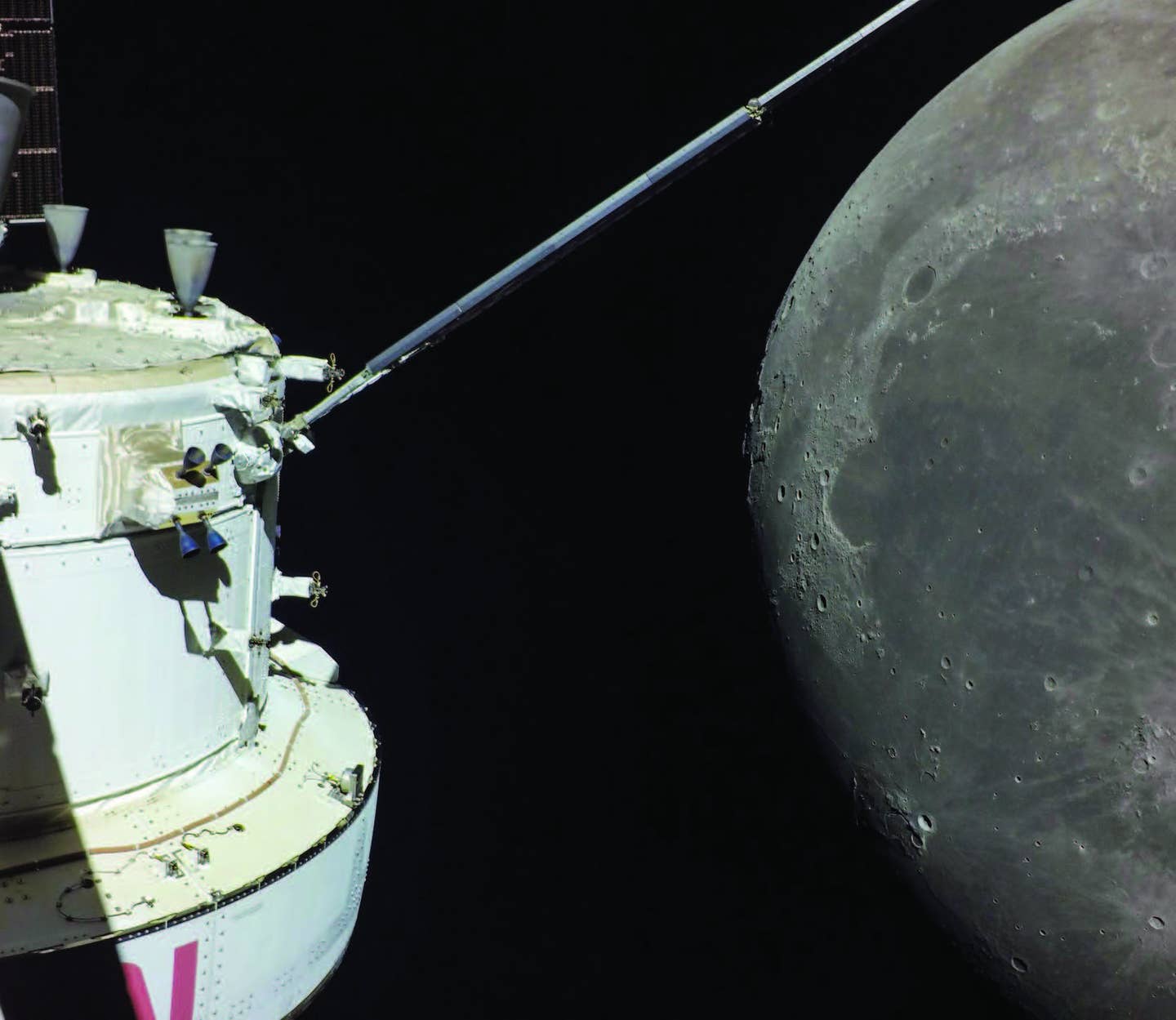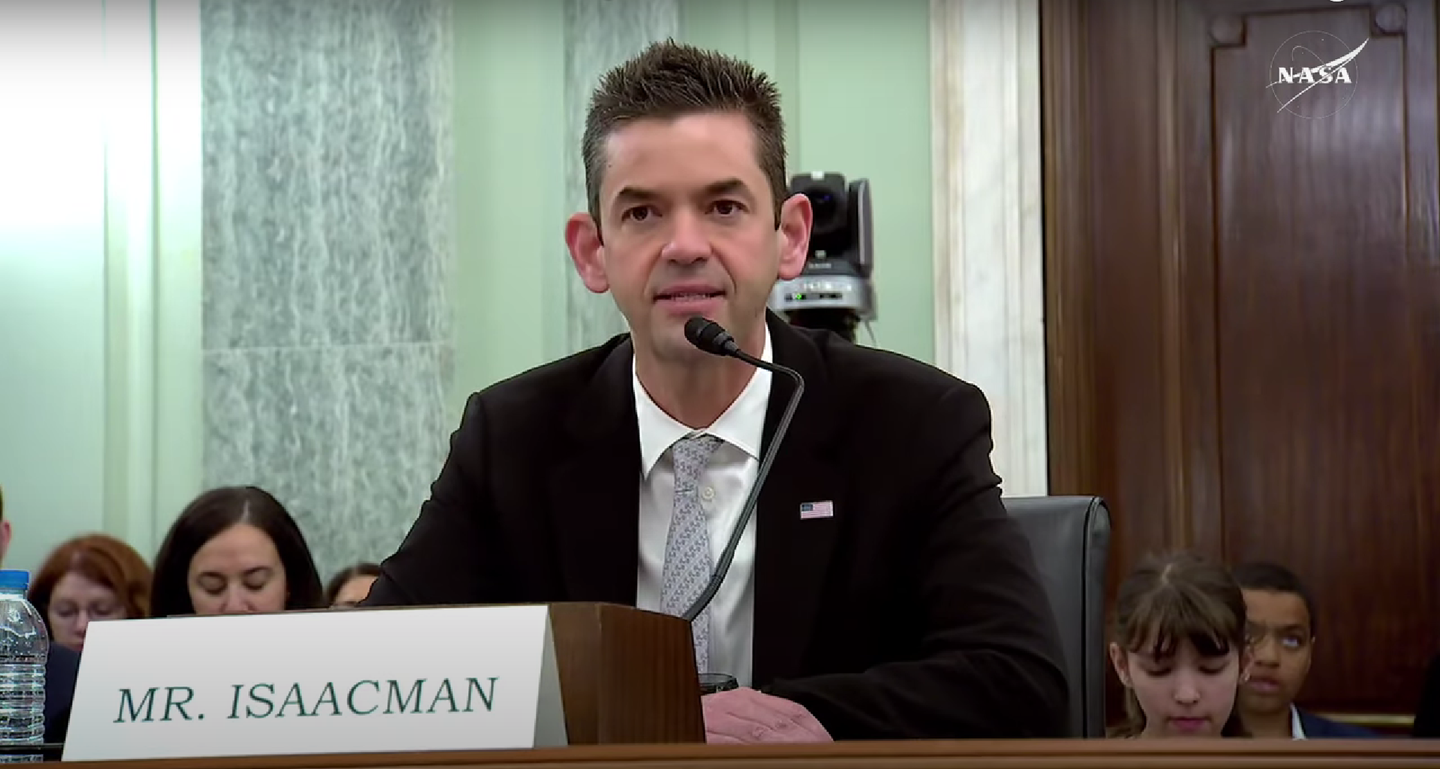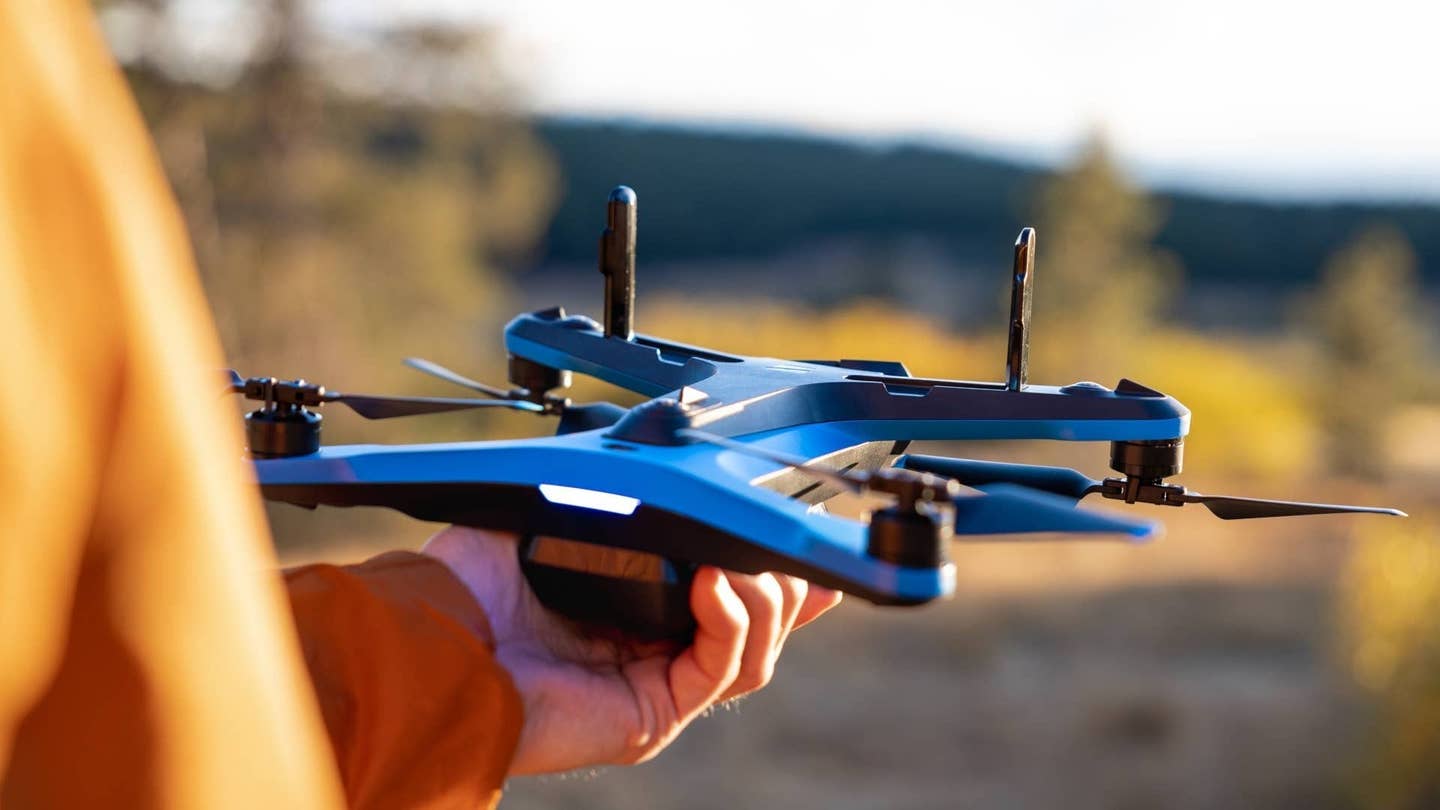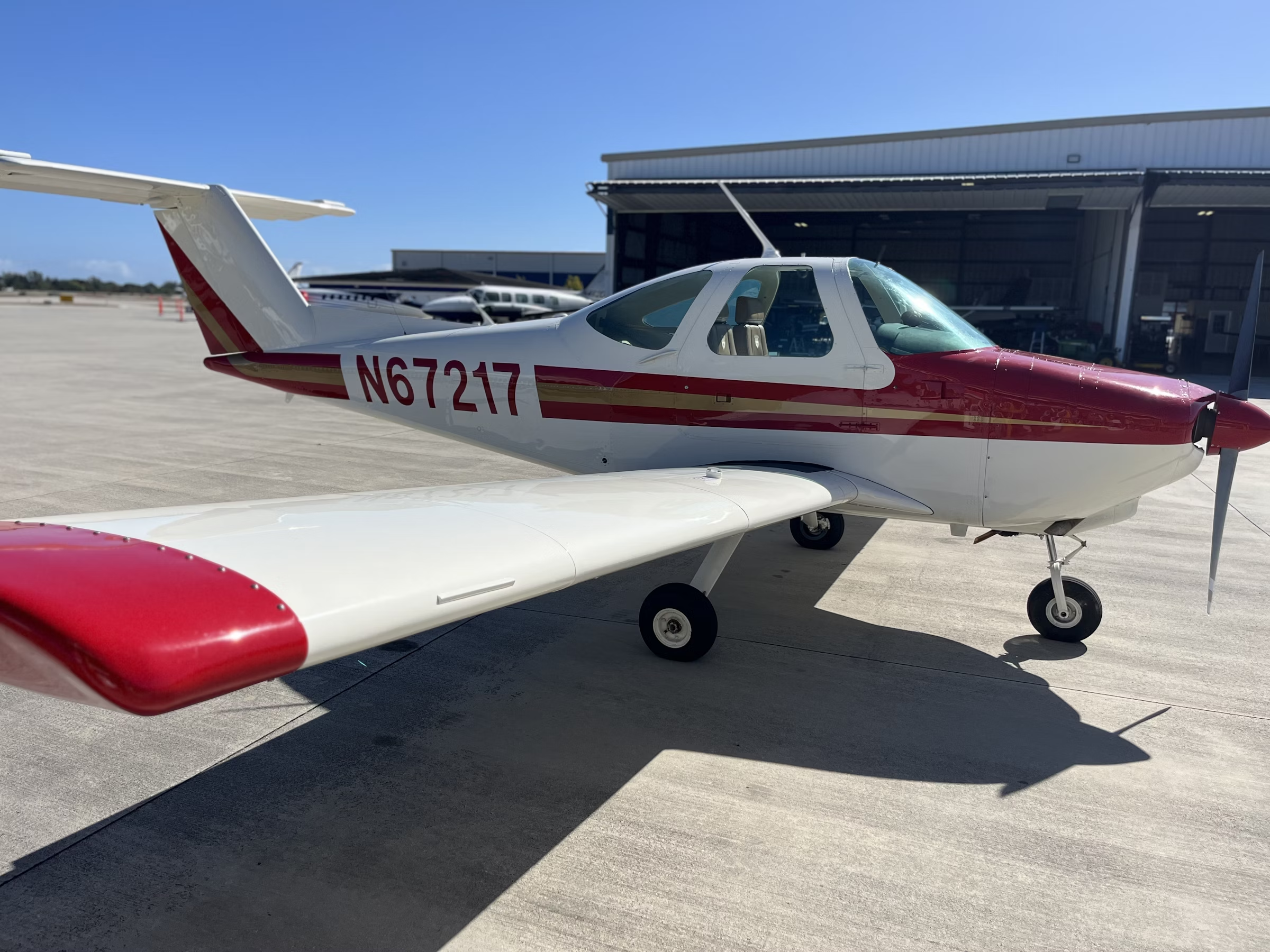The U.S. Navy’s Unconventional ‘Flying Pancake’ Fighter
Vought V-173 prototype’s 427 square feet of wing area gave it the capability of taking off nearly vertically with typical wind over a ship’s deck.
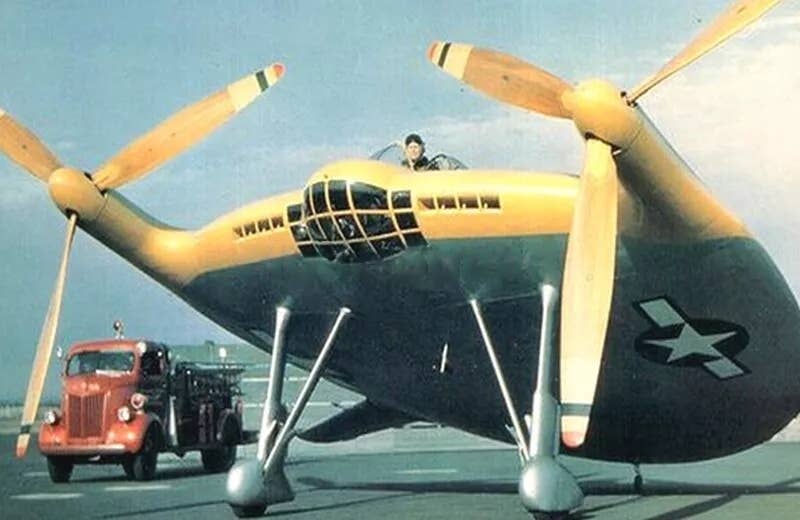
With the 22-degree deck angle on the Vought V-173, the pilot was forced to look forward, past his feet, through windows on the underside of the nose. [Courtesy: U.S. Navy]
If one were to claim that their new aircraft design utilized two 80 hp Piper Cub engines that turned two 16.5-foot propellers, that individual’s mental state might be called into question. If that individual were to go on to claim that their new aircraft design would resemble a flying saucer and could land at 22 mph, we might suggest that they sketch their design out on paper so they could show it to a psychiatrist and receive powerful prescription medication to help them control their delusions.
Such a design did emerge in the late 1930s, but the designer, Charles Zimmerman, was not insane. On the contrary, his unconventional vision, which became the Vought V-173 and was nicknamed the “Flying Pancake,” did, in fact, come to fruition. Not only did it fly, but it demonstrated remarkable performance.
The overall concept was as unique as the design.
The U.S. Navy was intrigued by the idea of a fighter that could operate from ships other than massive aircraft carriers. This capability would enable the Navy to deploy fighters from nearly anywhere and in huge numbers. Motivated to explore this consent, the Navy solicited design proposals.
As it happened, Zimmerman had already been toying with a unique design that could provide the perfect blend of capabilities. When the request came in, he was working as a senior designer at Vought. Vought tasked him with designing and building a quarter-scale prototype of his concept to evaluate as the basis for the Navy’s request.
Enabling an aircraft to take off and land at such short distances requires a lot of lift. Fortunately, Zimmerman’s design was nearly all wing.
The V-173 prototype would ultimately weigh just over 3,000 pounds fully loaded, with a massive 427 square feet of wing area. By comparison, a 3,100-pound Cessna 182T has only 174 square feet of wing area. While the 182’s wing loading is approximately 14 pounds per square foot, the V-173’s was just over 5. The V-173 was kite-like by comparison.
With such ample lift, only modest power would be required. Zimmerman chose two small and light 4-cylinder Continental A80 piston engines. Their small size enabled them to be buried within the saucer-like fuselage.
Zimmerman wasn’t finished. To further reduce takeoff and landing distances, two enormous propellers bathed the entire airframe in propwash, generating lift even at a standstill. The result? A landing speed of only 22 mph and the capability of taking off nearly vertically with typical wind over a ship’s deck.
One interesting challenge to operating such a unique aircraft was the forward visibility on the ground—or the lack thereof.
Compared to a typical taildragger’s resting deck angle of around 5 degrees, the V-173 sat at an extreme 22 degrees. This would eliminate all forward vision if not for the addition of windows on the underside of the nose by the pilot’s feet. When on the ground, the pilot simply looked downward, past his feet, and could see the path ahead.
The V-173 would go on to amass some 131 hours of flight time. A variety of pilots flew it, including Charles Lindbergh. At one point, a fuel issue resulted in a forced landing on a beach. While the airplane flipped over onto its back, neither the airplane nor test pilot were significantly harmed.
With a substantial amount of testing completed, Vought built the marginally larger and massively more powerful XF5U.
While the wingspan was only approximately 30 percent greater than the V-173, it was fitted with two 1,350 hp Pratt & Whitney Twin Wasp radial engines, as found on the 44-passenger Douglas DC-4. The subsequent addition of F4U Corsair propellers and an ejection seat resulted in a max takeoff weight of nearly 19,000 pounds.
The XF5U would never truly take flight, however—it only ever conducted taxi tests and short hops in ground effect.
Both examples would ultimately be scrapped, and the V-173 placed into long-term storage. Charles Zimmerman went on to become a division chief for Project Mercury at NASA and was later named director of aeronautics, where he completed his 38 years of service with NASA.
Fortunately, the diminutive V-173 would not only survive but would later be resurrected.
In 2003, the Vought Aircraft Heritage Foundation began a nearly 10-year-long restoration of the aircraft, stripping it down to its wooden airframe and replacing the fabric entirely. Today, the resplendent V-173 stands proudly on display at the Frontiers of Flight Museum in Dallas.

Sign-up for newsletters & special offers!
Get the latest FLYING stories & special offers delivered directly to your inbox

